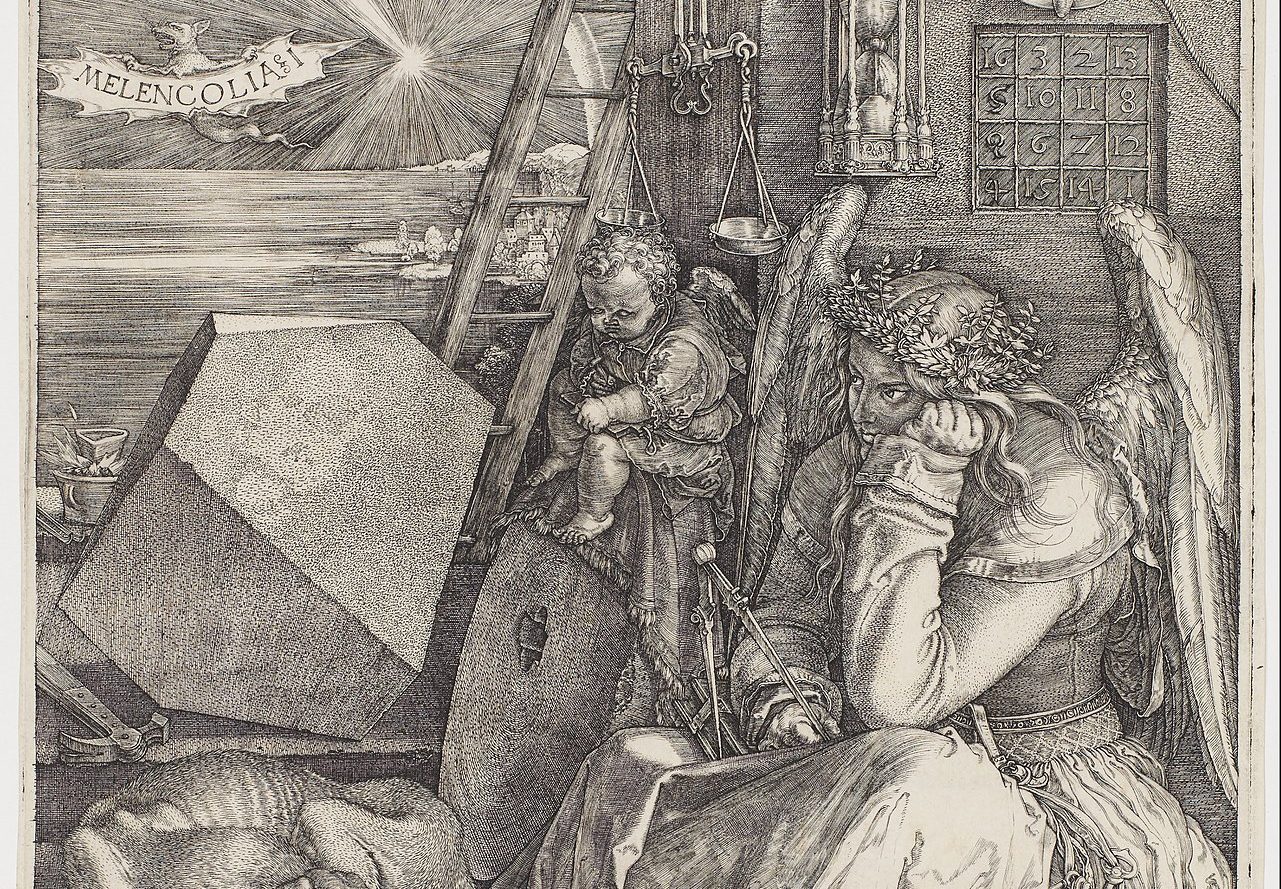What is a human? What makes human life what it is? In the 21st Century, potential answers come from innumerable fields of science, social science, philosophy or religion-above all after recent dramatic advances in biomedicine, neuroscience, and artificial intelligence. Yet for the vast majority of history, law and legal thought were central to the definition of the human in Western cultures.
From Roman Law’s definition of the ‘person’ through to the 1948 Universal Declaration of Human Rights, law has offered shifting but reliable definitions of the human, in at least three ways: through the normative content of rules, through the juridical conception of political community, subject and government, and through specific interpretative methods that defined the pursuit of justice.
Today, all three have been decentred from popular understandings of human life. Yet law remains an important practical force shaping the human institution. From social justice to social networks, from reproductive medicine to moral rights in the age of technical reproduction, by its nature law cannot avoid tracing a human outline in legal language, processes, methodologies, regulations and judgments.
Conversely, what are the legacies, forged through Western legal traditions, that have shaped the dominant and apparently “non-legal” fields redefining human life today? How have law’s techniques of representation, interpretative commitments, and universalist conceptions played into these new domains?
As we stand on the cusp of a new technological and potentially “post-human” age, what image of the human emerges from the contemporary legal field? Given the successive challenges to law from (r)evolutions in science, social science and technology, how does law today think the human in new ways?
